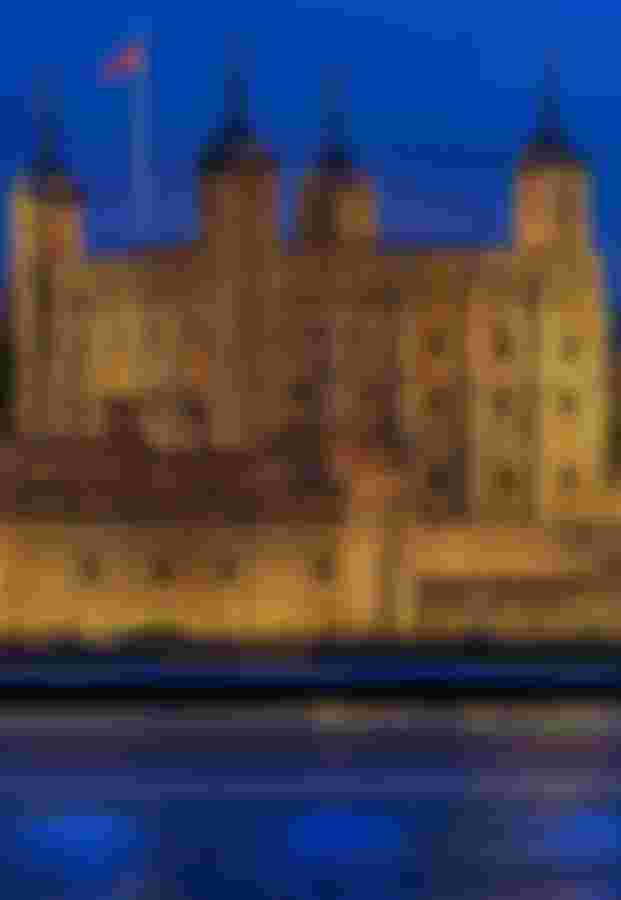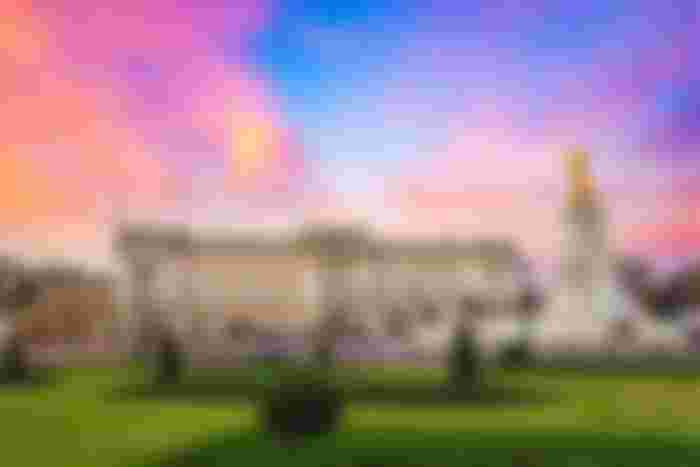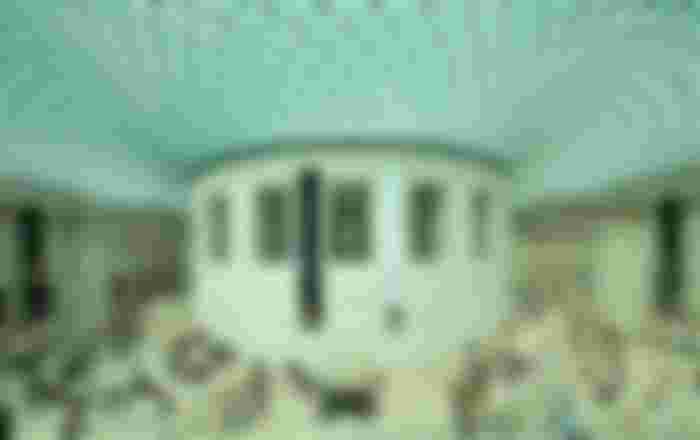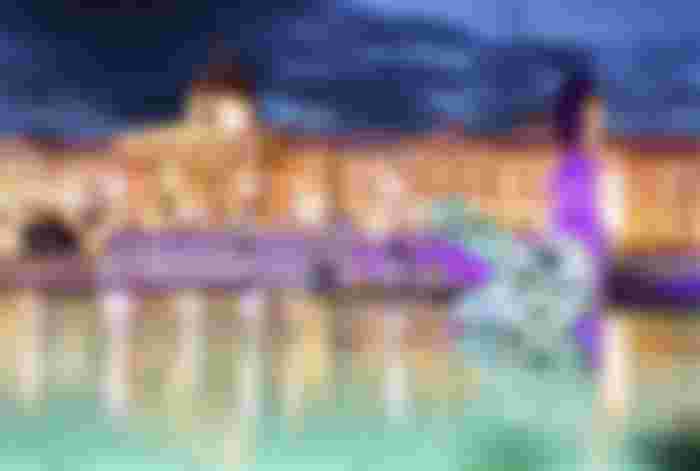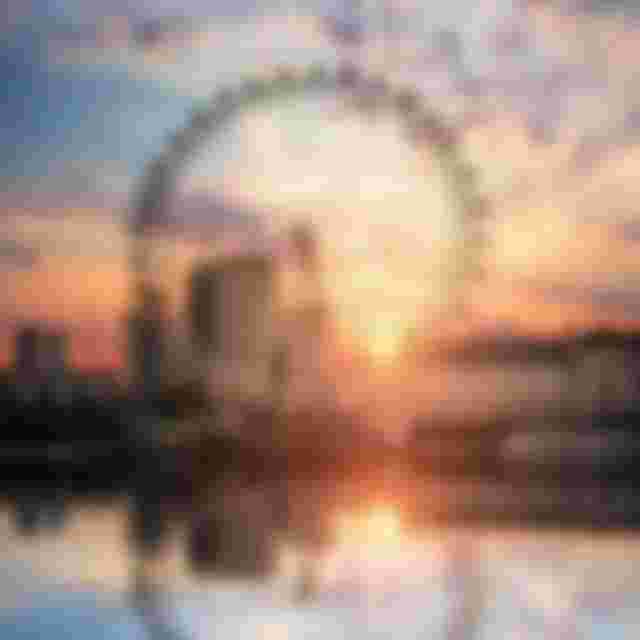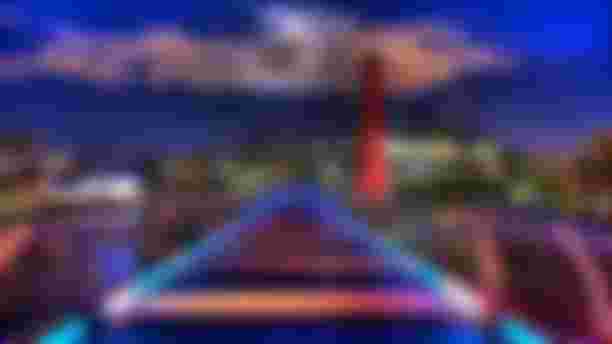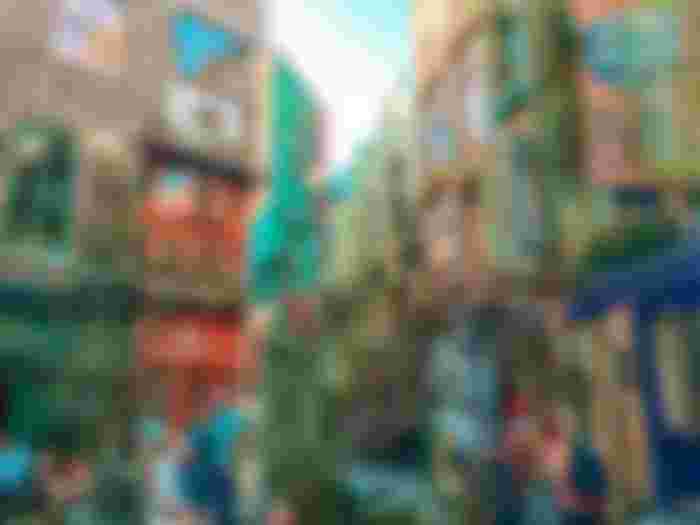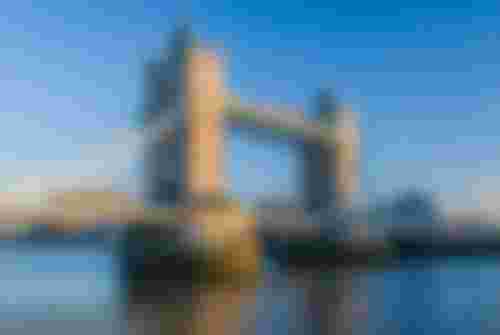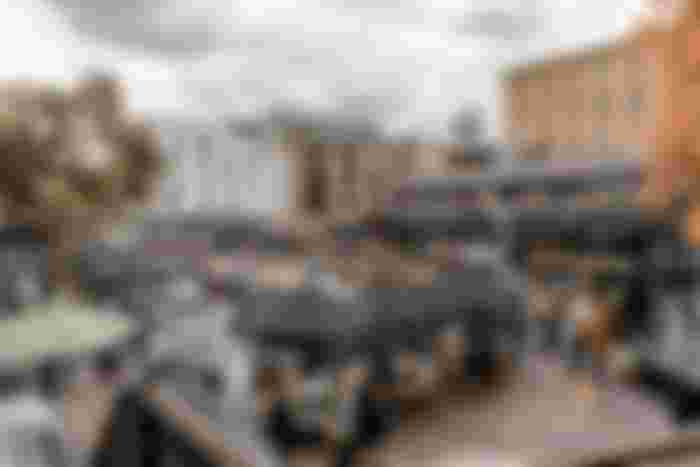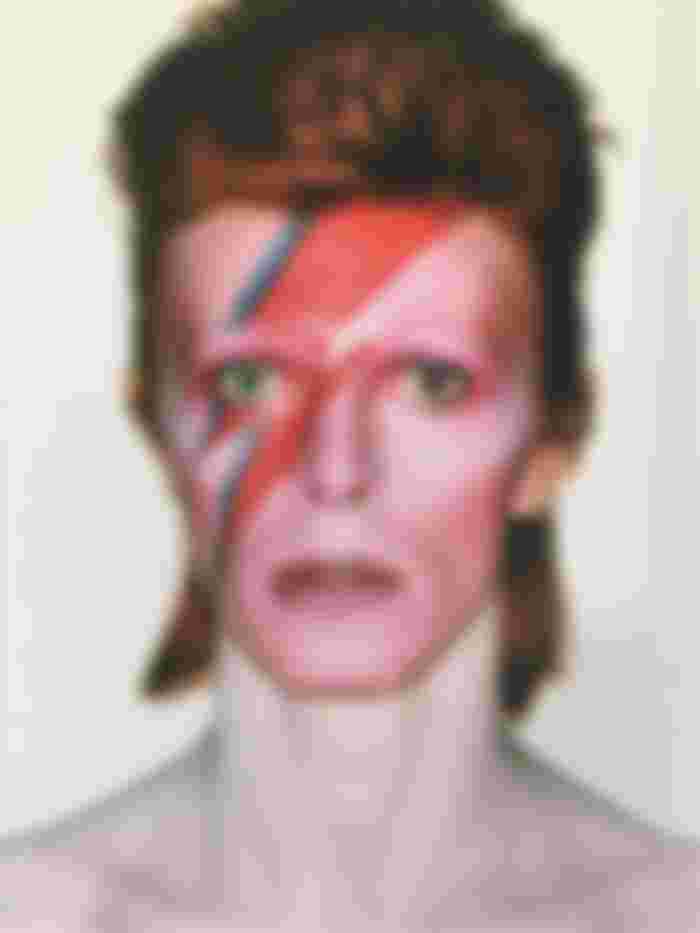Focus on a city : London - United Kingdom
I went to London multiple times and I wanted to share you what to do in the capital of the United Kingdom. Following this article, you will know what to visit if you go over there.
Also, remember that I'm writing on Medium and I would be really grateful if you can follow my channel : "Clement Delabruyere" on Medium.
Short presentation
London, the vibrant capital of the United Kingdom, extends over some 1,572 km² along the banks of the River Thames. With a cosmopolitan population of over 8.9 million, it is one of Europe's most populous cities. Its striking contrasts combine history and modernity, with iconic landmarks such as the Palace of Westminster, the Tower of London and the London Eye rubbing shoulders with contemporary skyscrapers.
The city is divided into 33 boroughs, each with its own character and charm, from the elegance of Kensington to the artistic vitality of Shoreditch. London plays a crucial geopolitical role as a global financial center, home to the City, one of the world's most influential financial districts. Its multiculturalism is reflected in its ethnic markets, festivals and diverse culinary scene.
London is a major cultural crossroads, with renowned institutions such as the British Museum, the National Gallery and the West End, renowned for its outstanding theater. Royal parks, such as Hyde Park and Regent's Park, offer relaxing spaces in the midst of urban bustle. The city also hosted the Olympic Games in 2012, reinforcing its global reputation. All in all, London remains a captivating metropolis that combines history, economic dynamism and cultural diversity.
Historical background
London's history spans more than 2,000 years, from its humble origins as a Roman colony to its current status as a world capital. In the 1st century AD, the Romans founded "Londinium" on the banks of the River Thames, as a strategic port and trading center. However, in 60 AD, the city was destroyed by the Icenes during Queen Boudicca's revolt.
After the fall of the Roman Empire, London was gradually rebuilt and became an administrative and religious center under Saxon rule. In the 9th century, Alfred the Great, King of Wessex, fortified the city against the Vikings. During the Middle Ages, London developed into a crucial commercial center, attracting merchants from all over Europe. The Tower of London, erected in the 11th century, became a symbol of royal power.
In 1066, William the Conqueror captured the city, marking the beginning of the Norman dynasty. London flourished as a center of trade and finance, with bustling fairs and thriving craft guilds. In the 12th century, King John of England signed the Magna Carta at Runnymede, near London, limiting monarchical power.
The Black Death and the Great Fire of 1666 caused extensive damage, but the city was reborn with grandiose architecture, including the Palace of Westminster. In the 18th century, London was at the heart of the Industrial Revolution, attracting massive migration from the countryside to the city. The French Revolution and the Napoleonic Wars reinforced its political and military role.
The 19th century saw the modernization of London, with the opening of the first subway railway in 1863 and the city's westward expansion. The British Empire reached its apogee, and London became a cultural center with the creation of the British Museum and the National Gallery. In the 20th century, the city survived the ravages of two world wars and adapted to social and economic change.
Today, London remains an influential global metropolis, with a rich and complex history etched into its streets, monuments and diverse culture.
Must-see places
The Tower of London

A historic castle dating back to the 11th century, home to the Crown Jewels and a fascinating story of royalty, betrayal and intrigue.
Palace of Westminster and Big Ben

London's iconic landmark, home to the British Parliament and an iconic clock overlooking the River Thames.
Buckingham Palace

The official residence of the British monarchy, where you can watch the changing of the guard and observe the grandiose architecture.
The British Museum

One of the world's most famous museums, housing a vast and diverse collection of historical and cultural artifacts from all over the world.
The National Gallery

An artistic treasure trove containing an exceptional collection of European masterpieces, from the Renaissance to the early 19th century.
The London Eye

An iconic Ferris wheel offering breathtaking panoramic views of the city, including the River Thames and its monuments.
Piccadilly Circus

One of London's iconic crossroads, located in the heart of the West End. Famous for its bright billboards and lively atmosphere, it's a popular meeting point for Londoners and tourists alike. Surrounded by theaters, stores and restaurants, Piccadilly Circus is the hub of the city's cultural and commercial activity.
The Tate Modern

A contemporary art museum housed in a former power station, featuring works by famous artists such as Picasso, Warhol and Hockney.
Covent Garden

A lively area of stores, markets, street performers and street shows, ideal for a lively atmosphere.
Tower Bridge
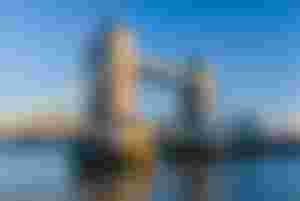
An iconic bridge that opens to let boats pass, offering spectacular views of the Thames and the city skyline.
Camden Market

An eccentric, alternative market offering a variety of unique items, from fashion to art, as well as mouth-watering international cuisine.
These iconic London landmarks offer a captivating glimpse of its history, culture and diversity.
Celebrities born in London
David Bowie (1947 - 2016)

He was a visionary musician, singer and actor, an icon of glam rock and a pioneer of experimental pop music. His legendary albums such as "The Rise and Fall of Ziggy Stardust and the Spiders from Mars" left an indelible mark on the music scene.
Ada Lovelace (1815 - 1852)

She was a British mathematician and writer. She is often considered the world's first programmer, as she created notes annotating Charles Babbage's work on his analytical machine, including algorithms designed to be processed by the machine. Her work laid the foundations for modern computer programming, and she has become an inspirational figure for women in science and technology.
Adele (born in 1988)

She is an internationally acclaimed British singer-songwriter. With her powerful, emotional voice, she has dominated the charts with hit albums such as "21" and "25", winning numerous Grammy Awards and becoming one of the most influential musical artists of her generation.
Daniel Radcliffe (born in 1989)

He is an actor best known for playing the lead role of Harry Potter in the famous film series based on the books by J.K. Rowling. After completing the "Harry Potter" saga, Radcliffe went on to star in a variety of films and plays, demonstrating his artistic versatility.
Naomi Campbell (born in 1970)

She is a British model, actress and entrepreneur. She is one of the fashion industry's most iconic and influential supermodels, having walked for some of the world's leading fashion houses and appeared on the cover of numerous fashion magazines. Campbell is also involved in charitable and humanitarian initiatives.
In order to conclude, if you have any ideas for improving this type of article (adding a section, for example), please let me know in the comments. Also, if there's a place in the world that you particularly like and would like me to write another article about, I invite you to submit your ideas too.
If you enjoyed reading please follow me and put a like, thank you !
